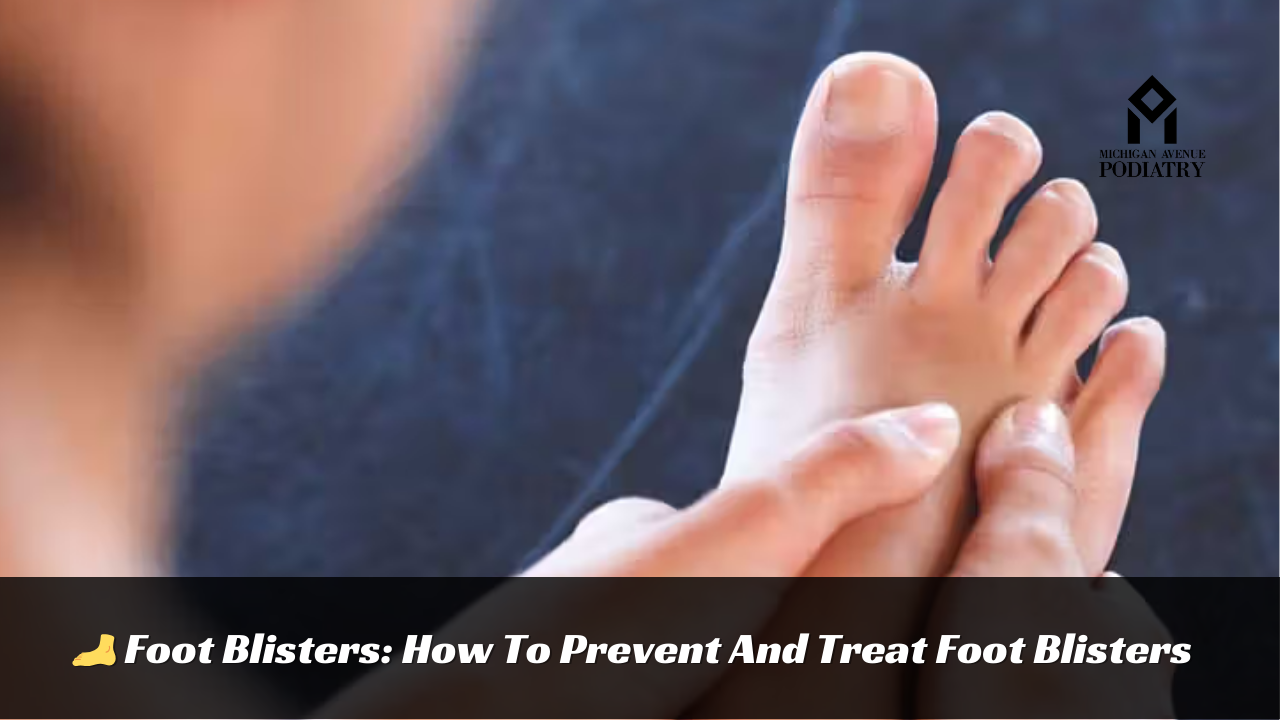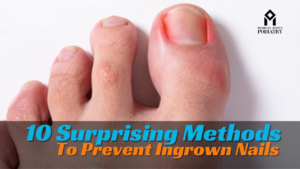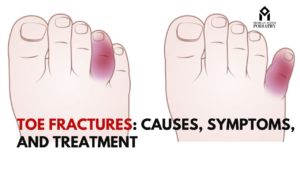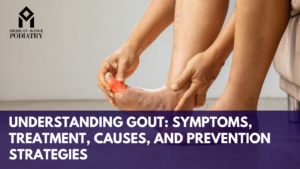Foot blisters can quickly turn a stroll into a painful experience, but with the right knowledge and strategies, you can keep these pesky nuisances at bay. Whether you’re hitting the trails or pounding the pavement, understanding how to prevent and treat foot blisters is essential for maintaining comfort and mobility. In this comprehensive guide, we’ll explore effective prevention techniques and treatment options to help you stay blister-free and on your feet.
Introduction
Foot blisters are fluid-filled sacs that form on the skin in response to friction, pressure, or irritation. While often considered minor annoyances, blisters can cause discomfort and pain, particularly when located on weight-bearing areas of the feet. By taking proactive steps to prevent blisters and knowing how to treat them when they occur, you can keep your feet happy and healthy.
Understanding Foot Blisters
Blisters typically develop when the outer layer of skin becomes damaged, allowing fluid to accumulate beneath the surface. Friction, heat, moisture, and ill-fitting footwear are common culprits behind blister formation. Blisters can occur anywhere on the feet but are most frequently found on areas prone to rubbing against shoes, such as the heels, toes, and sides of the feet.
Prevention Strategies for Foot Blisters
- Choose Proper Footwear: Select shoes that fit well and provide adequate support and cushioning. Avoid shoes that are too tight or too loose, as they can cause rubbing and friction.
- Break in New Shoes Gradually: Wear new shoes for short periods initially to allow them to mold to your feet and minimize friction.
- Wear Moisture-wicking Socks: Moisture-wicking socks can help keep your feet dry and reduce the risk of friction-induced blisters.
- Use Protective Products: Apply blister-prevention products, such as adhesive bandages, moleskin pads, or blister-specific tapes, to areas prone to blister formation.
- Keep Feet Clean and Dry: Practice good foot hygiene by washing your feet regularly and keeping them dry to prevent moisture buildup and friction.
Treatment Techniques for Foot Blisters
- Leave Intact if Possible: If the blister is intact and not causing significant pain or discomfort, leave it intact to protect the underlying skin while it heals.
- Cover with Bandage or Moleskin: If the blister is in an area prone to further friction, cover it with a bandage or moleskin pad to cushion and protect it from further irritation.
- Drain Blister Properly: If the blister is painful or at risk of rupture, it may be necessary to drain it properly to relieve pressure and promote healing. Clean the area with soap and water, sterilize a needle with alcohol, and puncture the blister near the edge. Gently press out the fluid, leaving the overlying skin intact to protect the underlying tissue.
- Apply Antibiotic Ointment: After draining the blister, apply an antibiotic ointment to prevent infection and promote healing. Cover the blister with a sterile bandage or dressing to keep it clean.
- Monitor for Signs of Infection: Keep a close eye on the blister for signs of infection, such as increased pain, redness, swelling, or drainage. If infection occurs, seek medical attention from a podiatrist for proper treatment.
Consulting a Podiatrist for Persistent Blisters
If you experience frequent or persistent foot blisters despite preventive measures, it may be beneficial to consult a podiatrist for further evaluation and treatment. A podiatrist can assess your foot mechanics, footwear, and gait to identify underlying issues contributing to blister formation and recommend appropriate interventions to address them.
Conclusion: Stride Confidently with Blister-Free Feet
By implementing proactive prevention strategies and knowing how to effectively treat foot blisters when they occur, you can keep your feet comfortable and ready for whatever adventures lie ahead. Don’t let foot blisters slow you down—arm yourself with the knowledge and tools to keep your feet happy, healthy, and blister-free.




